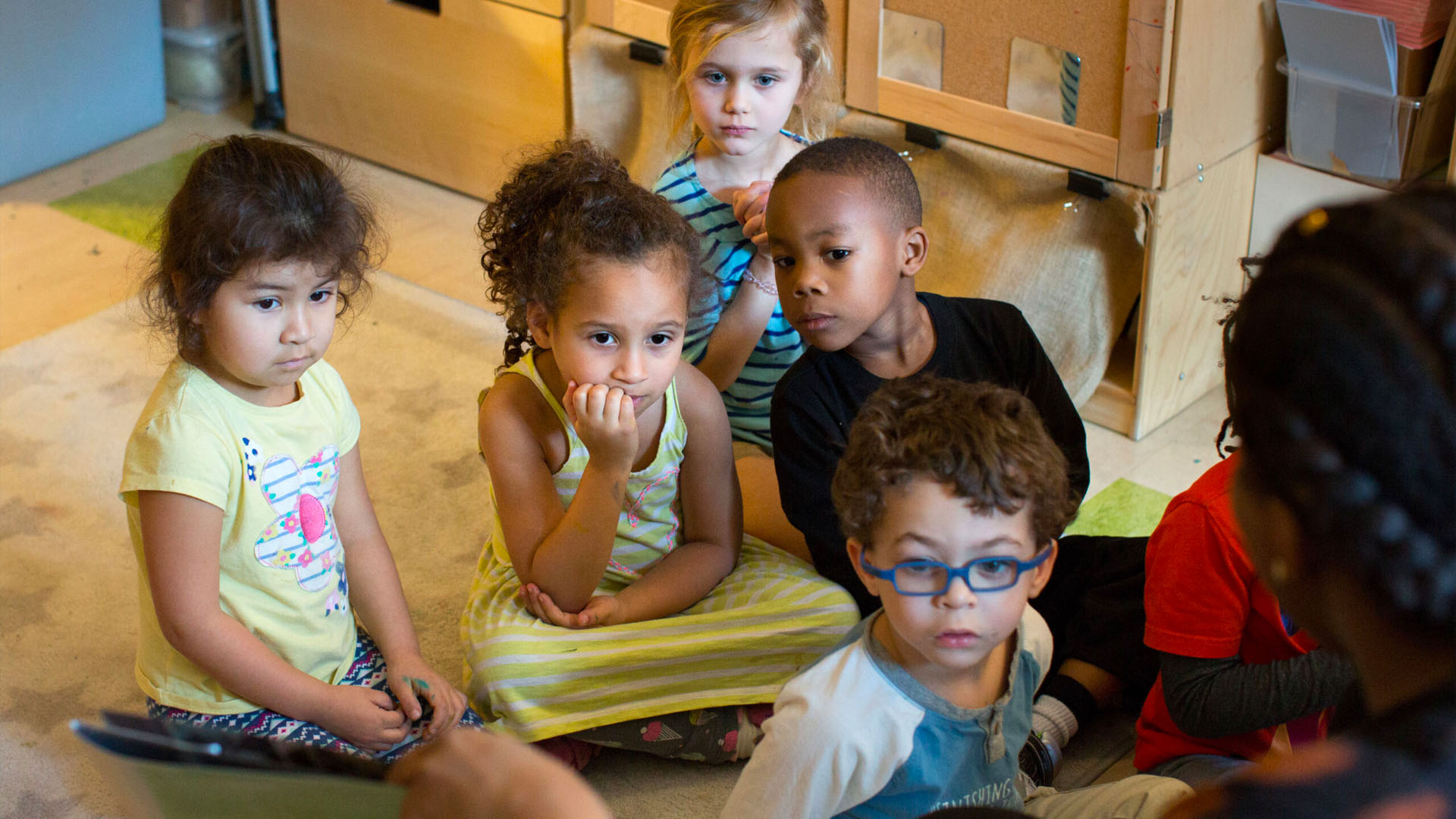Stories are fascinating. I can quiet an entire room by picking up a book, opening it, and beginning to read aloud. It doesn’t matter if I have a room filled with preschoolers or Senior Citizens or anywhere in between. Such is the power of story. It stills us. It captures us. It stirs our imaginations. When you combine story with power of illustration, such as in a picture book, you have a winning combination. We don’t often think of picture books in terms of middle school students, let alone high school students, but what a compelling way to introduce a topic or a unit, what a fabulous way to hook into prior knowledge, what a fantastic way to stimulate curiosity.
“Such is the power of story. It stills us. It captures us. It stirs our imaginations.”
I don’t know if you have looked lately, but there is an entire array of non-fiction picture books which are showing up on shelves that tie in nicely to the curriculum and would make great lesson openers if read aloud to students. If you are a classroom teacher and are not comfortable with reading a picture book aloud, I recommend you stop by and visit with your school librarian and invite him or her to join you for your lesson opener and be the read aloud guest. Books like Grace Hopper: Queen of Computer Code. What an excellent book to use in a Computer Science or Coding class. What a powerful book to show that technology is for girls too. Then there is The Crayon Man: The True Story of the Invention of Crayola Crayons. This would make a perfect tie-in to an art class on an entrepreneur class.

Or there is my recent discovery of On the Corner of Chocolate Avenue: How Milton Hershey Brought Milk Chocolate to America. Who doesn’t love chocolate? Did you know that Hershey tried to open a candy factory and failed three times before he found success? Did you know he started with caramel first? Did you know he tried hundreds of recipes before he found the correct combination for milk chocolate? What a fabulous story of perseverance and what a lovely way to connect literacy to a Nutrition class. Of course you would want to bring a miniature Hershey’s chocolate bar for each student. In fact, I am so excited about this book that I have recorded myself reading it, have put that recording on Canvas, and then I will ask my Library Media students to do a little research on chocolate and Milton himself. What a sweet assignment.
Another picture book I use with my Library Media Students is Fact vs. Opinion vs. Robots. This is a fun way to help teach author bias and how to spot fake news. I recorded myself reading the story, then I asked a series of questions to help my students apply the concepts.
Here is a video of our story time together. Here are the questions I ask my students after reading this story with me.
The newest adventure I have scheduled is to read the book The Great Stink: How Joseph Bazalgette Solved London’s Poop Pollution Problem by Colleen Paeff to World Geography classes before they begin their unit on Urbanization. At the start of next school year, our art teacher is going to have me read Perfect Square by Michale Hall before her students begin their collage projects. Our school has been encouraging us to try new things and to think of different lesson openers, so whether it flies or flops, I am excited to branch out.
“Whatever your curricular area,I will be surprised if you cannot find a picture book that would be a great alternative to beginning some unit in your classroom.”
Whatever your curricular area, if you look, or if you stop by and chat with your school librarian, I will be surprised if you cannot find a picture book that would be a great alternative to beginning some unit in your classroom. For starters, you can check out this list of titles. Until we meet again, Happy Reading!
Resources
Please login or register to claim PGPs.
Alternatively, you may use the PGP Request Form if you prefer to not register an account.



